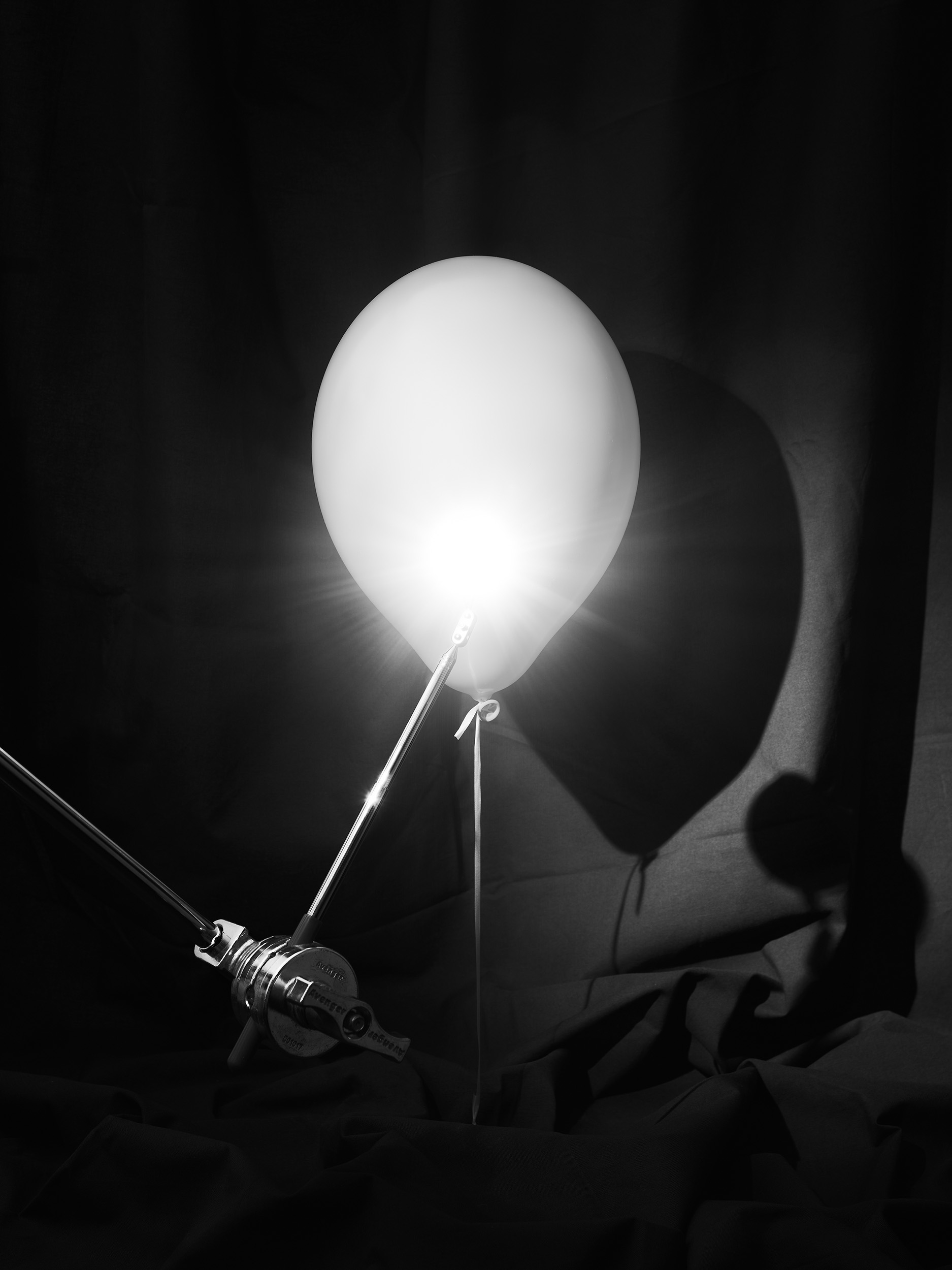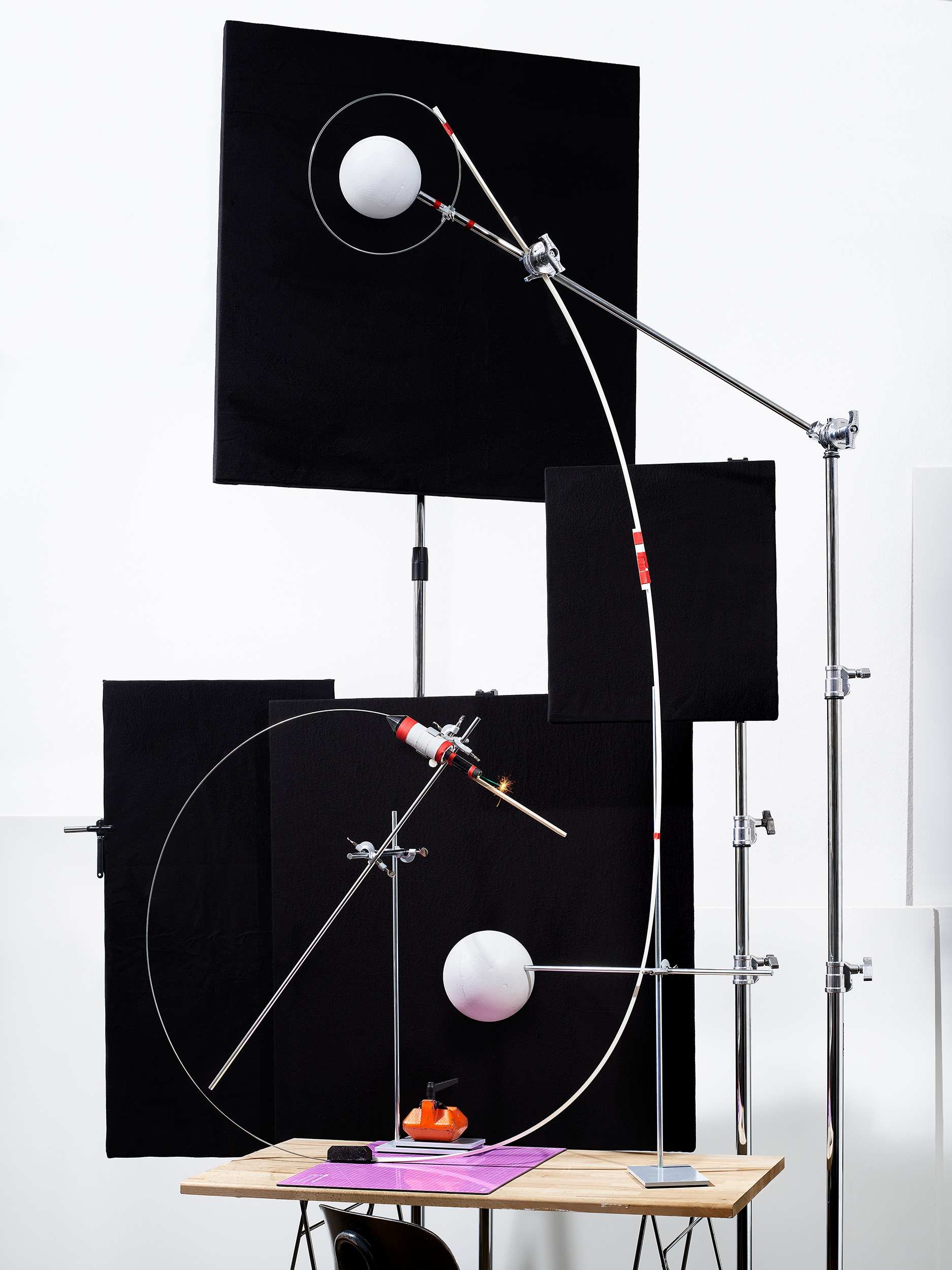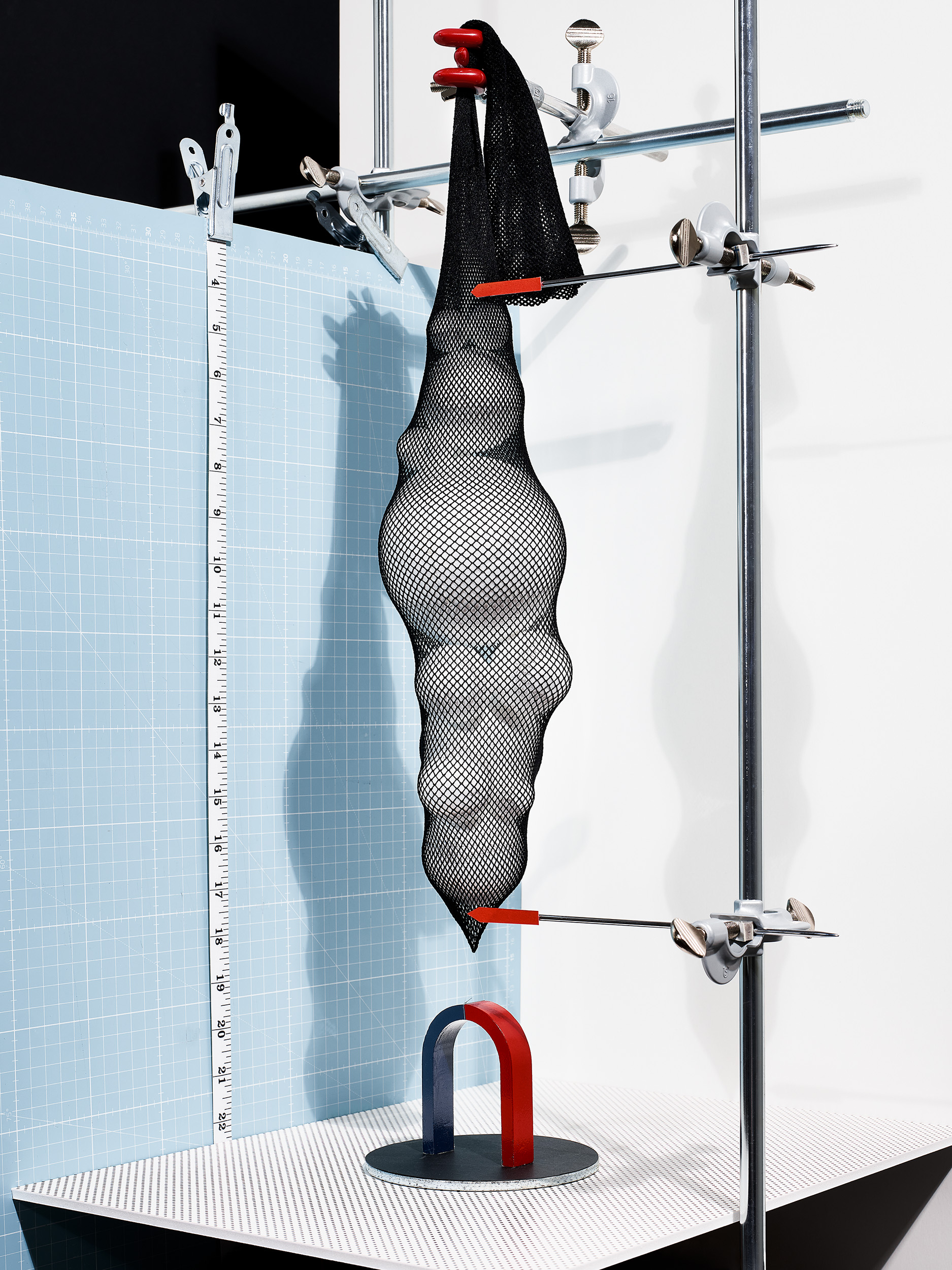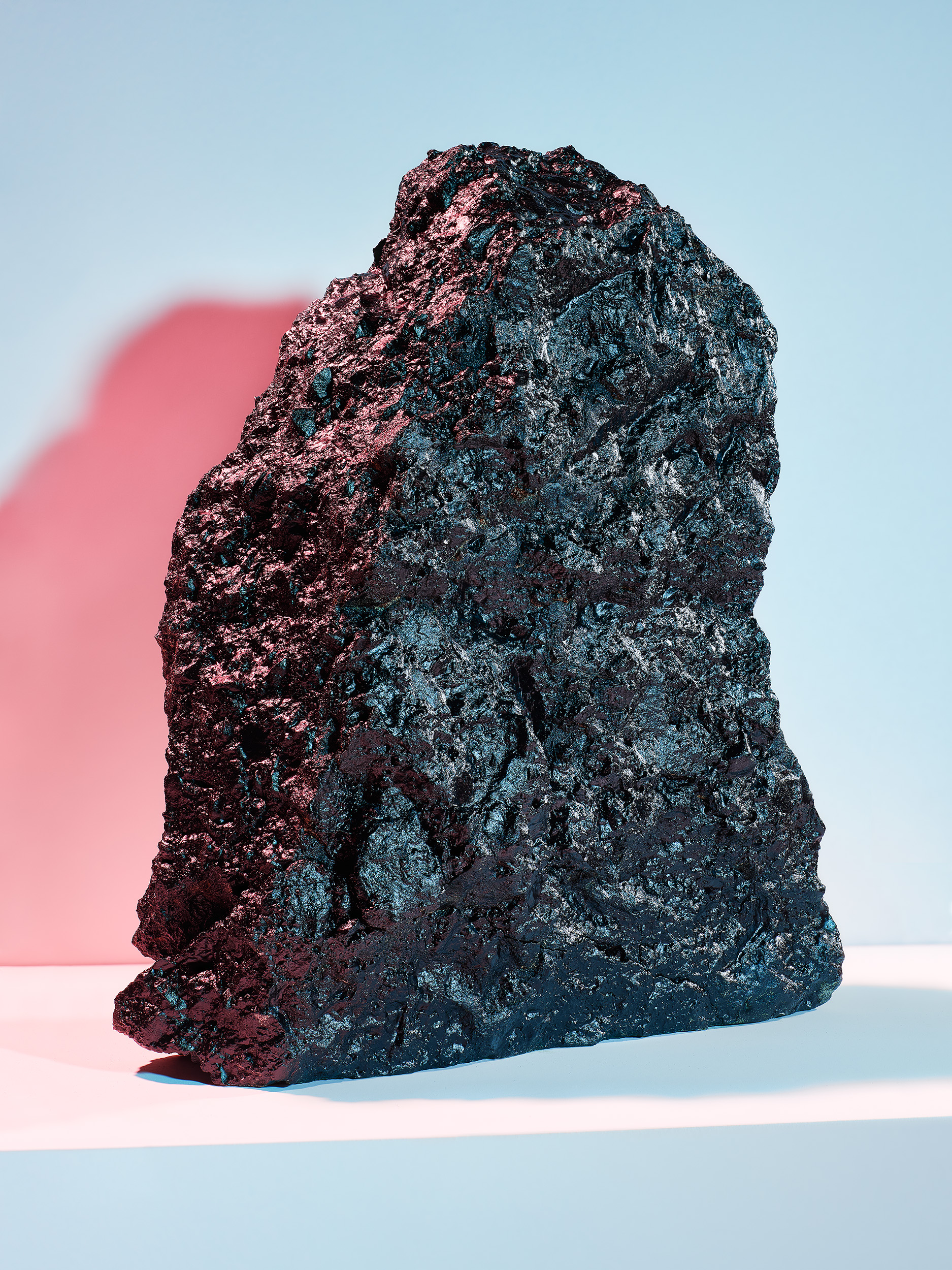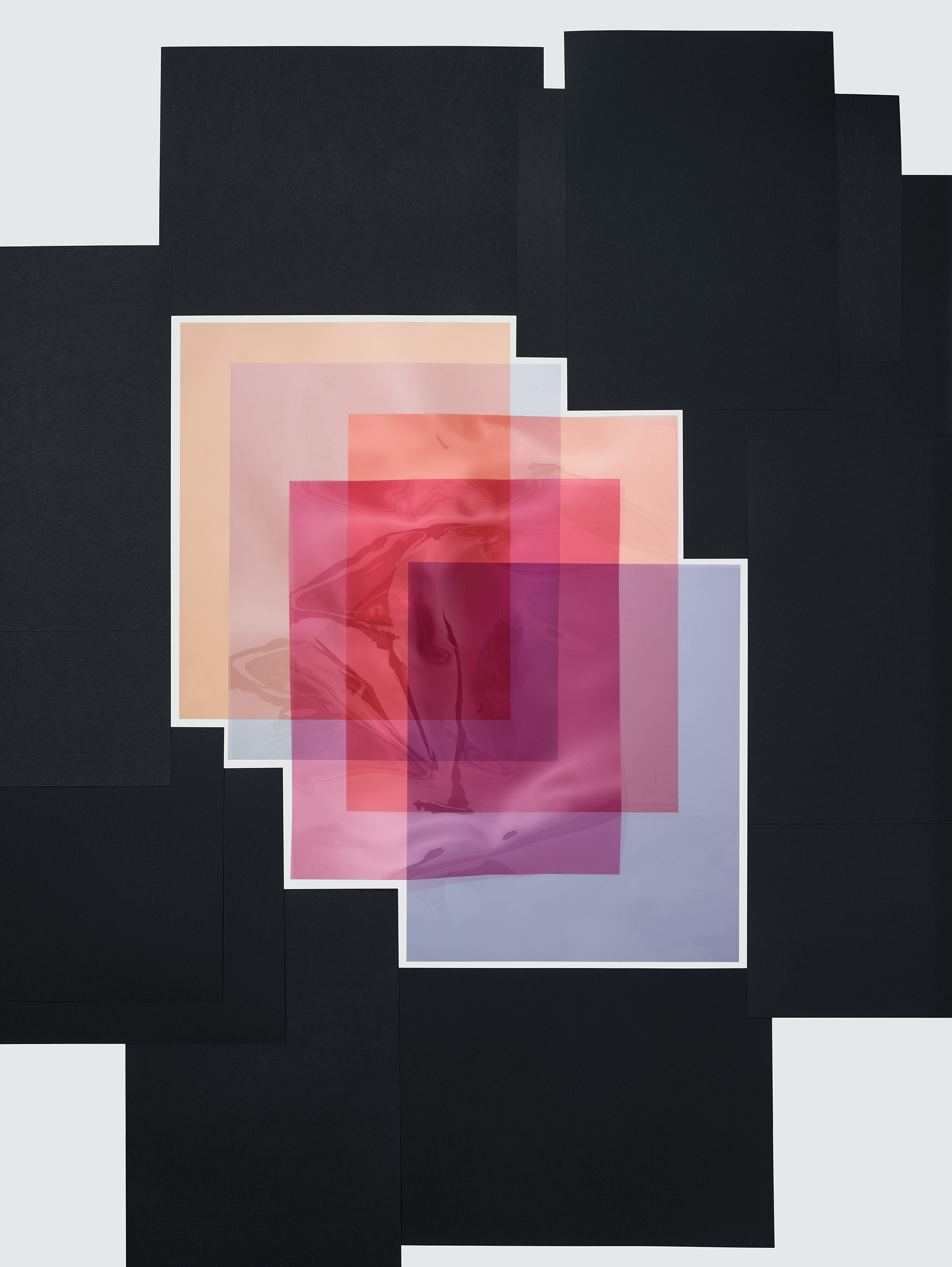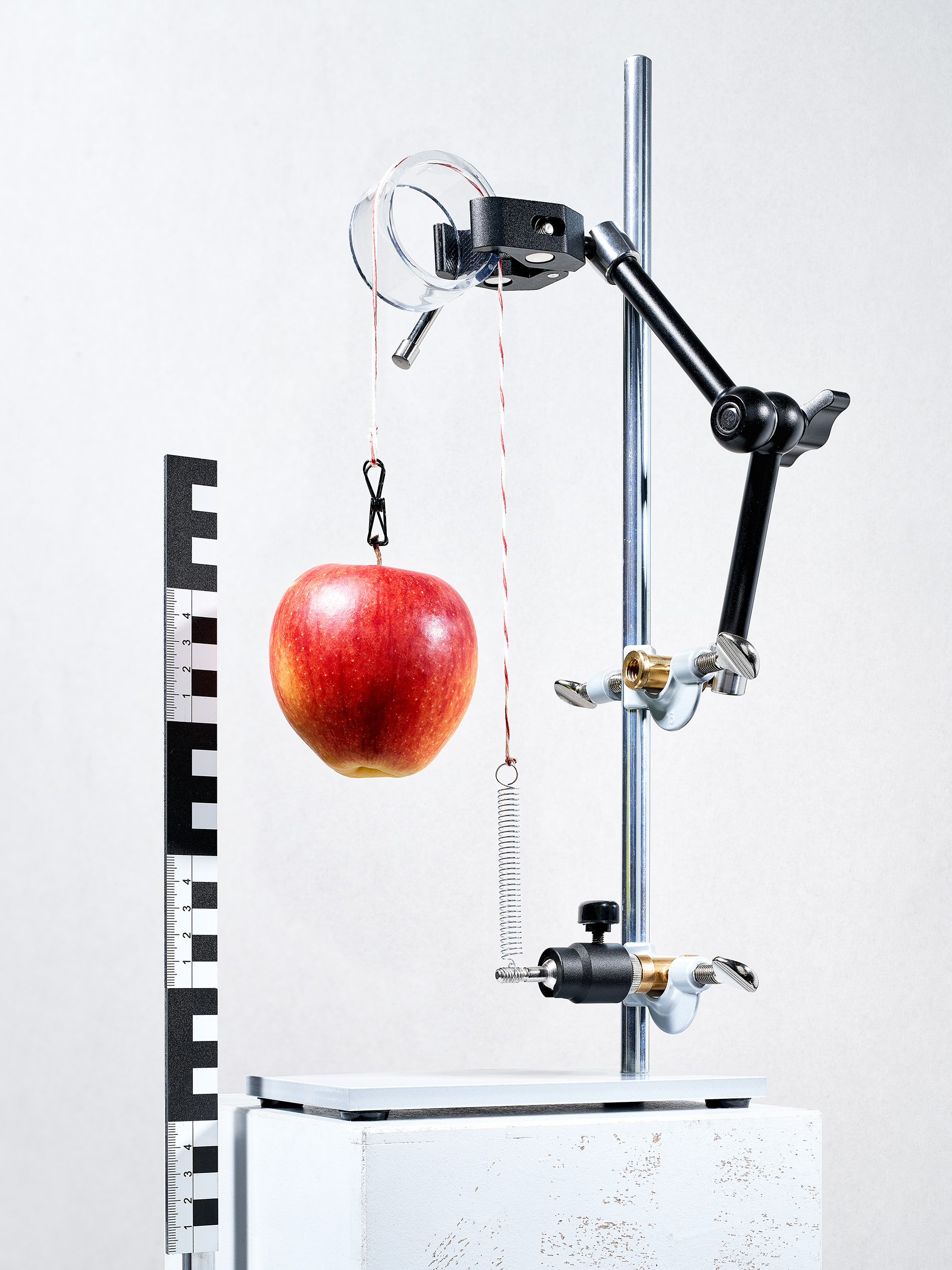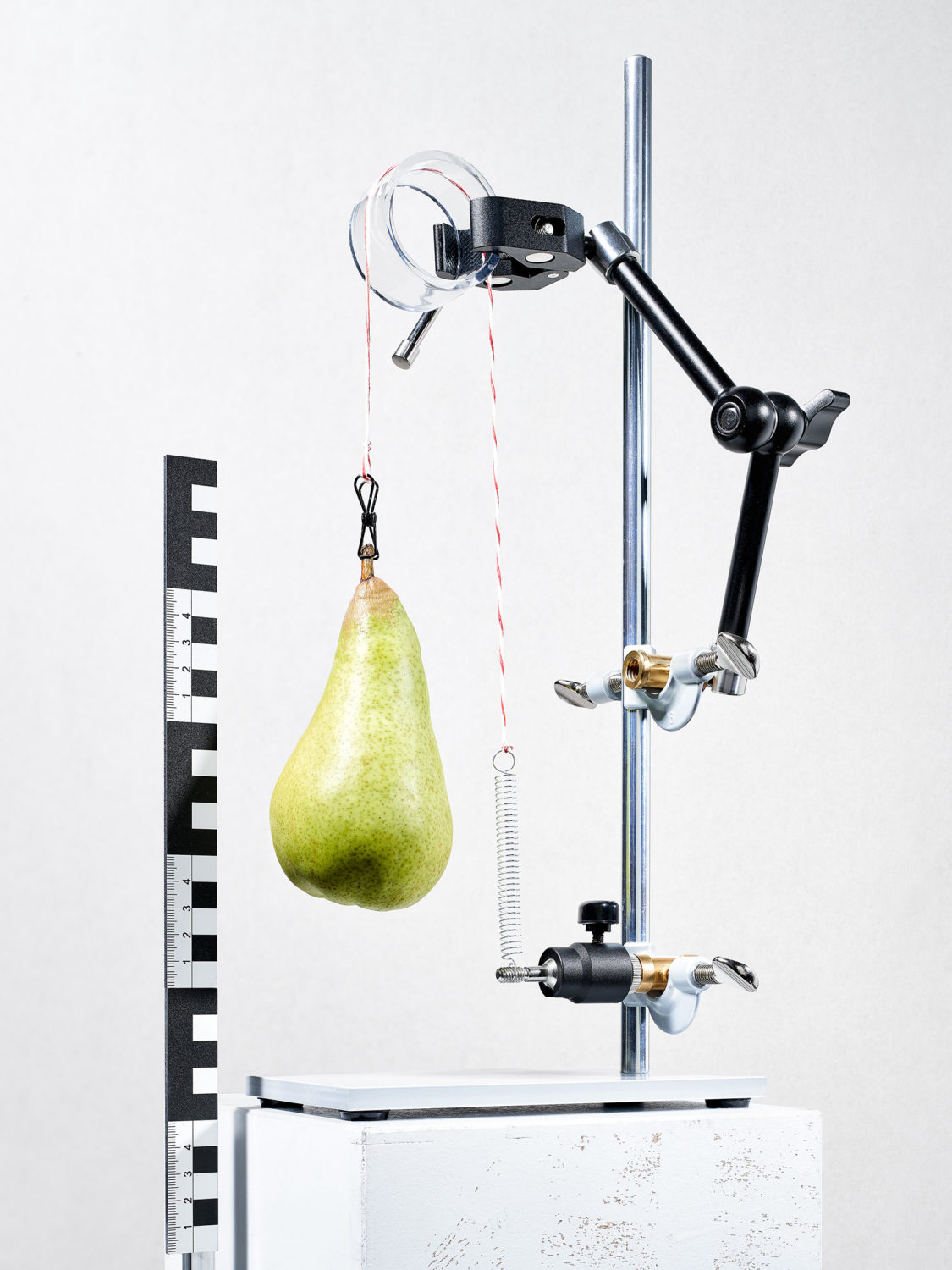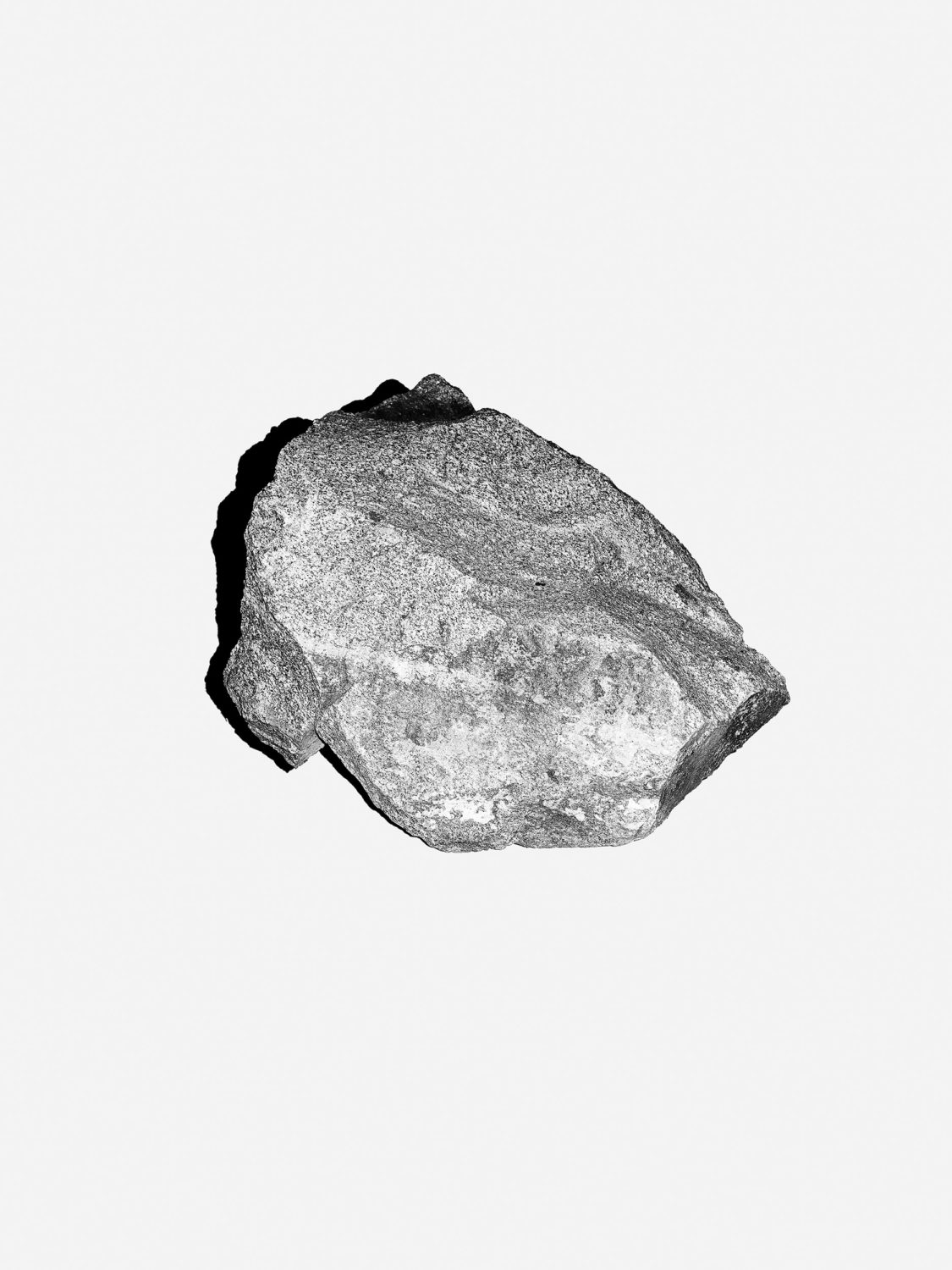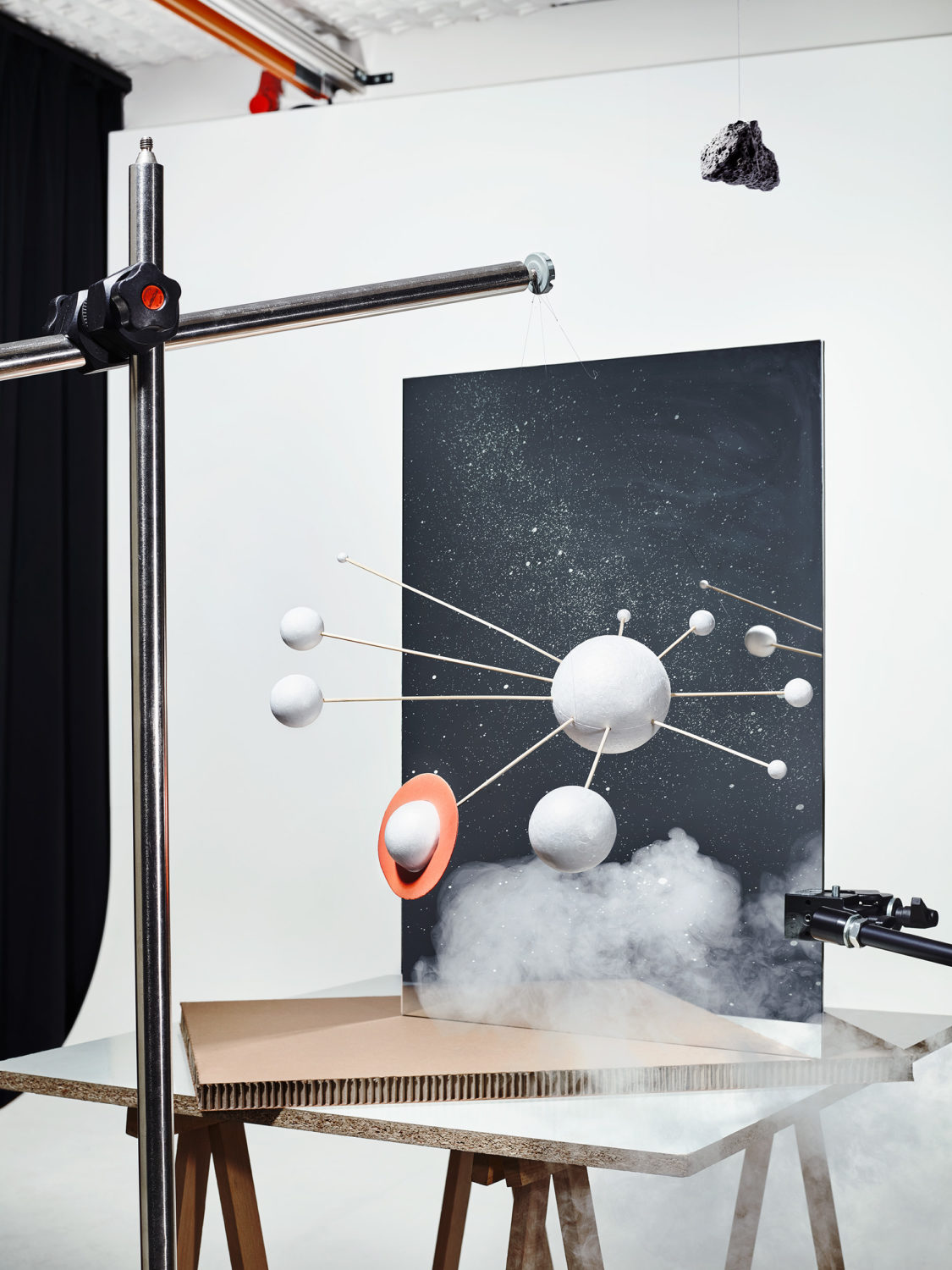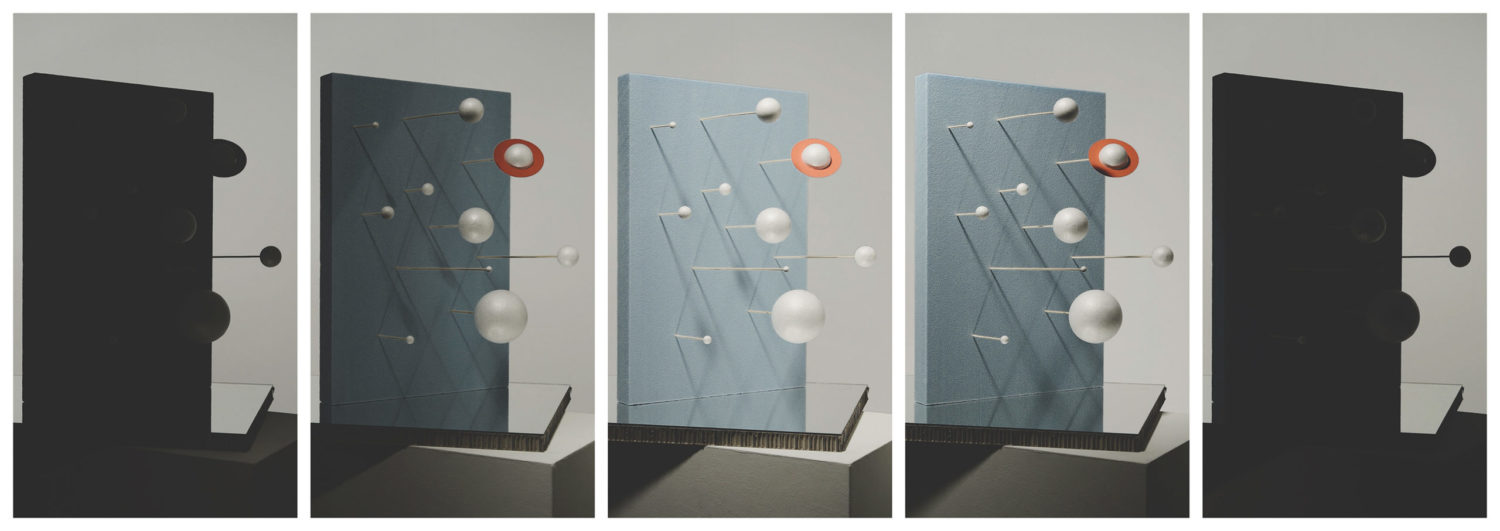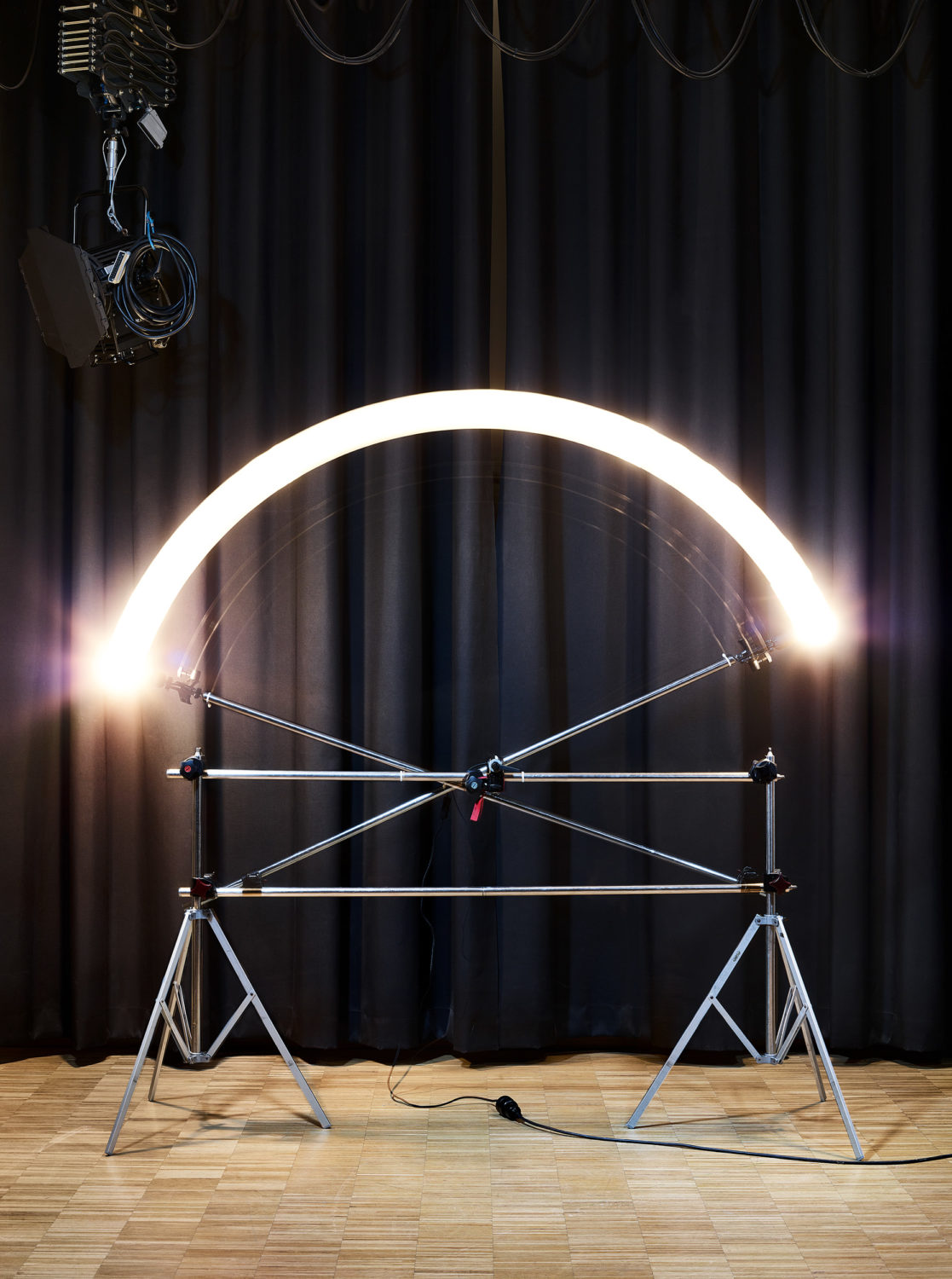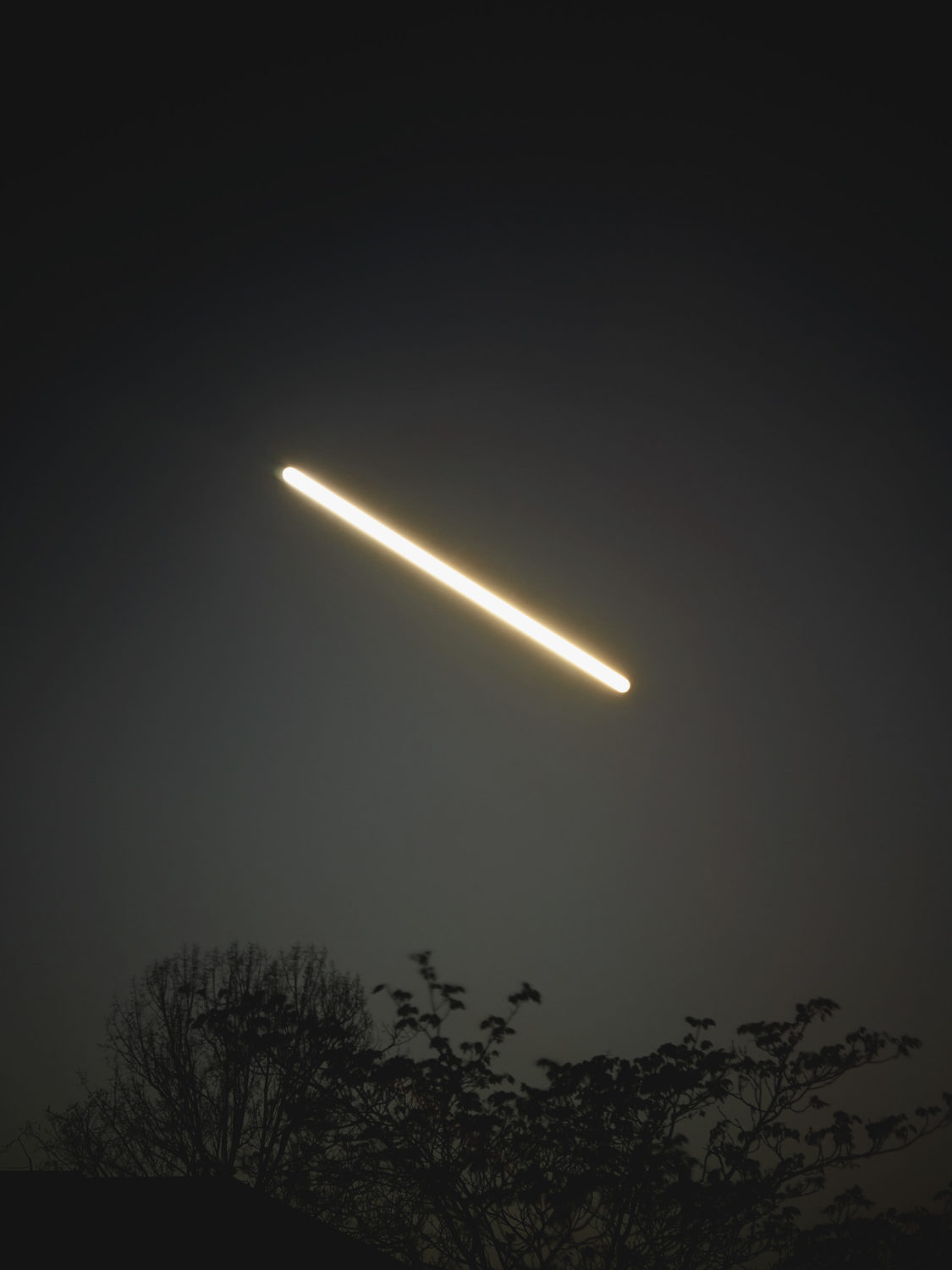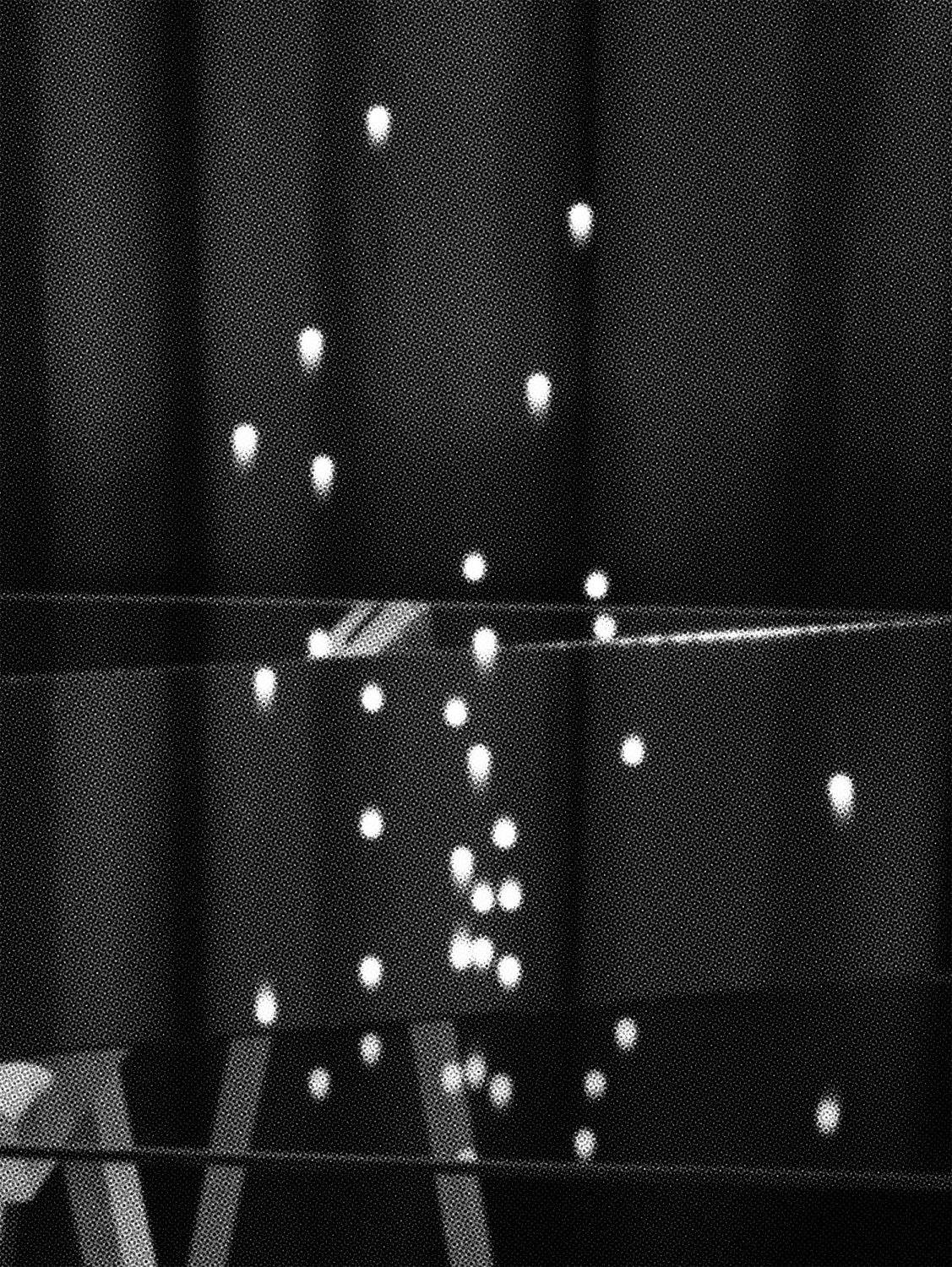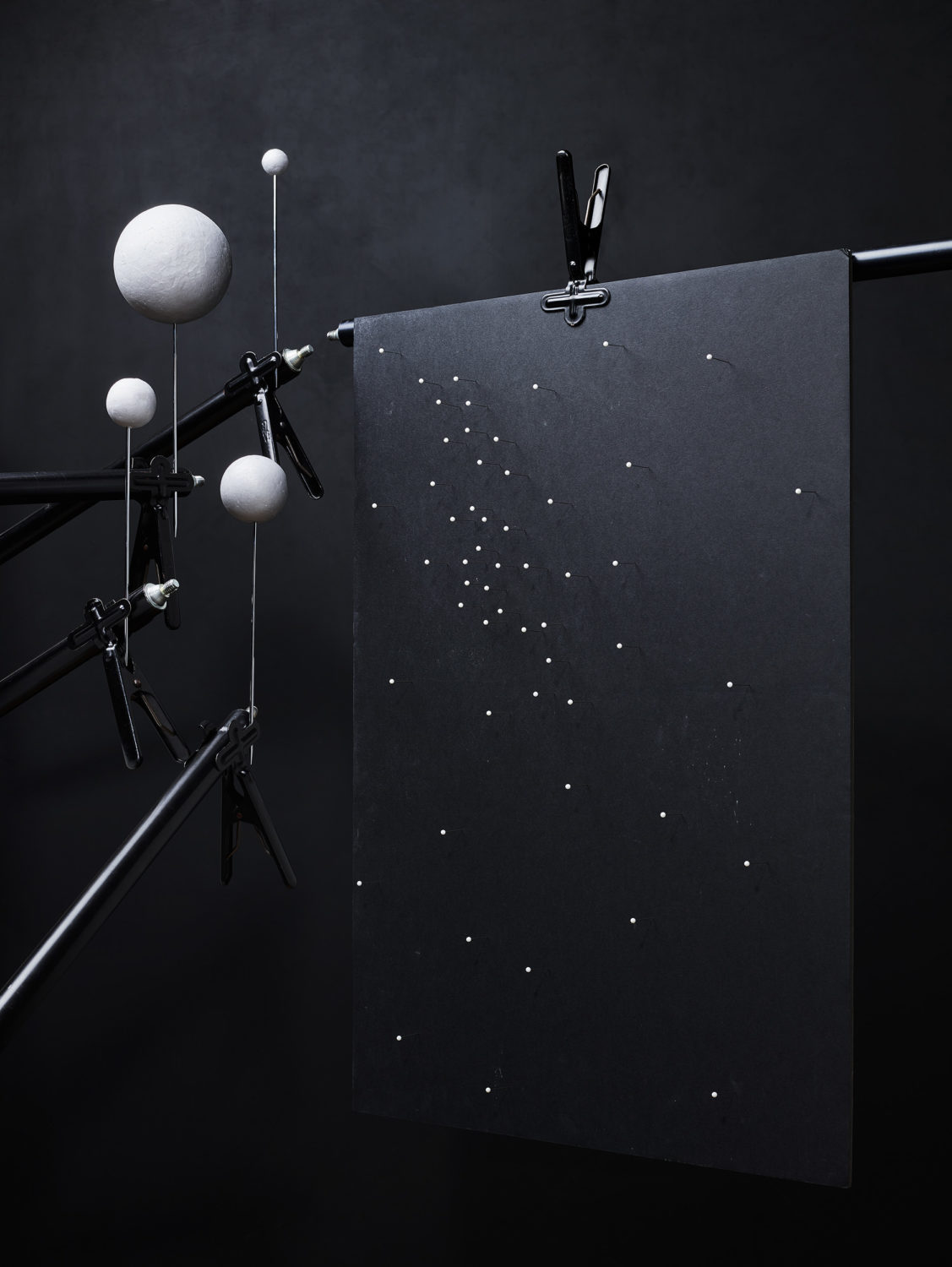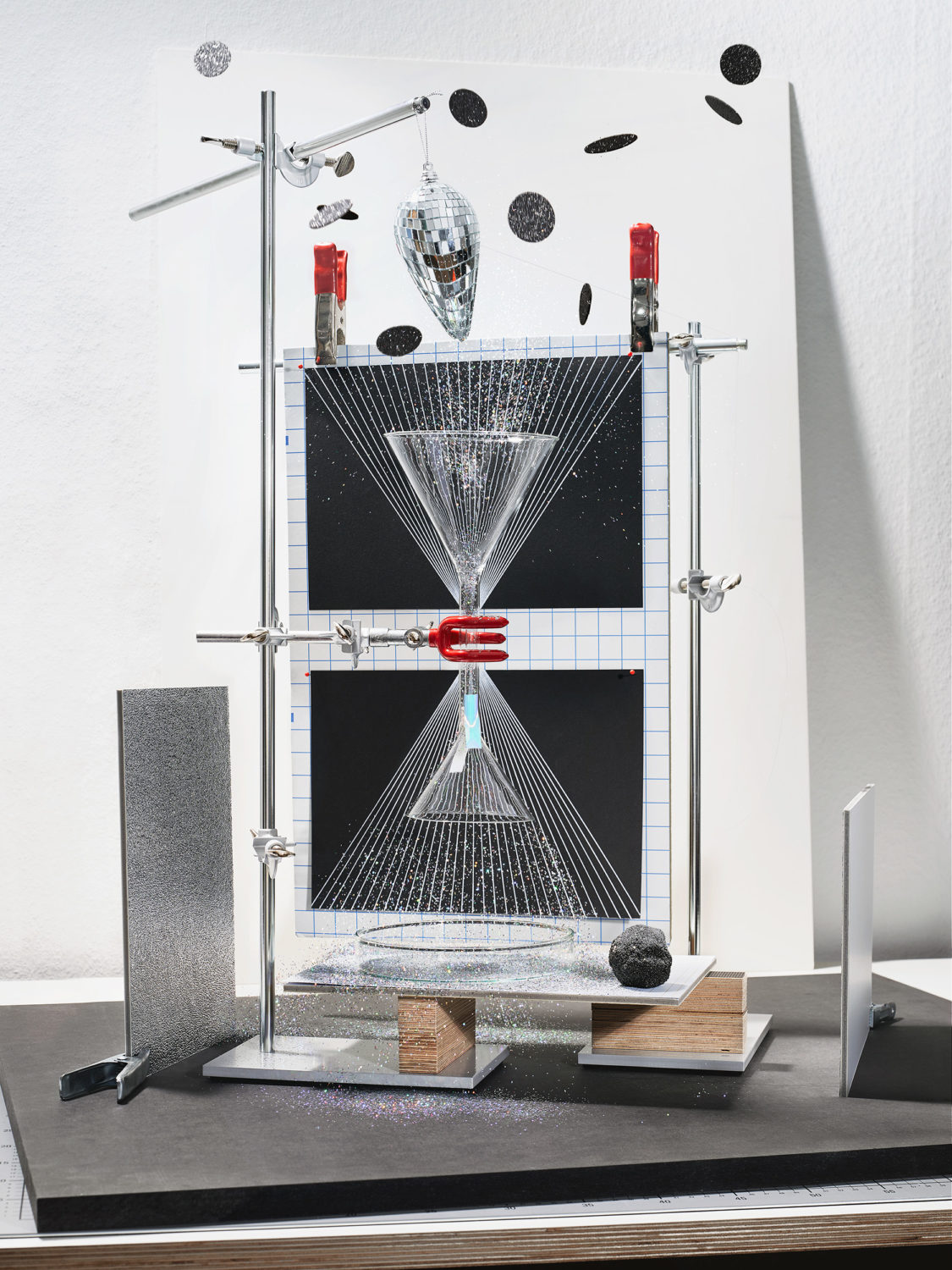Sasha Phyars-Burgess
Artist Feature
Every week an artist is featured whose single image was published by Der Greif. The Feature shows the image in the original context of the series.
Felix Schöppner - “Cognition”
Aug 25, 2021
Human perception is limited to a fraction of what is happening around us. Especially in the field of astronomy, what we can perceive without technical aids is very manageable. Starting with simple representations of the night sky with its star formations as cave drawings, to the “Nebra Sky Disk” as the oldest concrete representation, to the invention of the telescope and other tools for recording celestial mechanics, human development has always been linked to progress in astronomy. After thousands of years of slow but steady technical development, which has clearly sped up since the beginning of industrialisation and despite the help of the computer, our knowledge of space beyond our earth is still very marginal. So we do know approximately how old our galaxy is, how it came into being and that we are only a small solar system in a very large system, like a grain of sand on the beach. After thousands of years of slow but steady technical development, which has clearly picked up speed since the age of industrialisation, and despite the help of the computer as a calculating machine, our knowledge of space beyond our earth is still very marginal. So we do know approximately how old our galaxy is and how it came into being, and that we are only a small solar system in a very large system, like a grain of sand on the beach. But many questions, some of them elementary, are still unanswered.
A large part of our knowledge is based on values from measurements, from which conclusions can be drawn in order to prove or disprove an assumption or thesis. Science is dependant on measured values because they represent clear evidence. These values are processed in the course of graphics, drawings and/or scaled models in order to make them visually perceptible and thus understandable. The photographic representation is only rarely the means of choice, as it is not possible to produce a correct and legible representation in the majority of cases. Apart from technical limitations, a major problem is the proportionally correct reproduction of size relations, which is often neglected in illustrations or models in order to maintain readability.
“Cognition” was born out of an interest in exploring how to photograph something that is essentially impossible to photograph. From my work on “Artificial landscape”, I already knew many ways in which models of landscapes are constructed and used in a scientific context. These are readable by scientists and their periphery, as they recognize clues from which they can in turn draw conclusions. I wanted to create a contrast and develop my own representations of specific topics in astronomy, but with familiar objects as the content of the images, in order to make them more tangible to the viewer.



